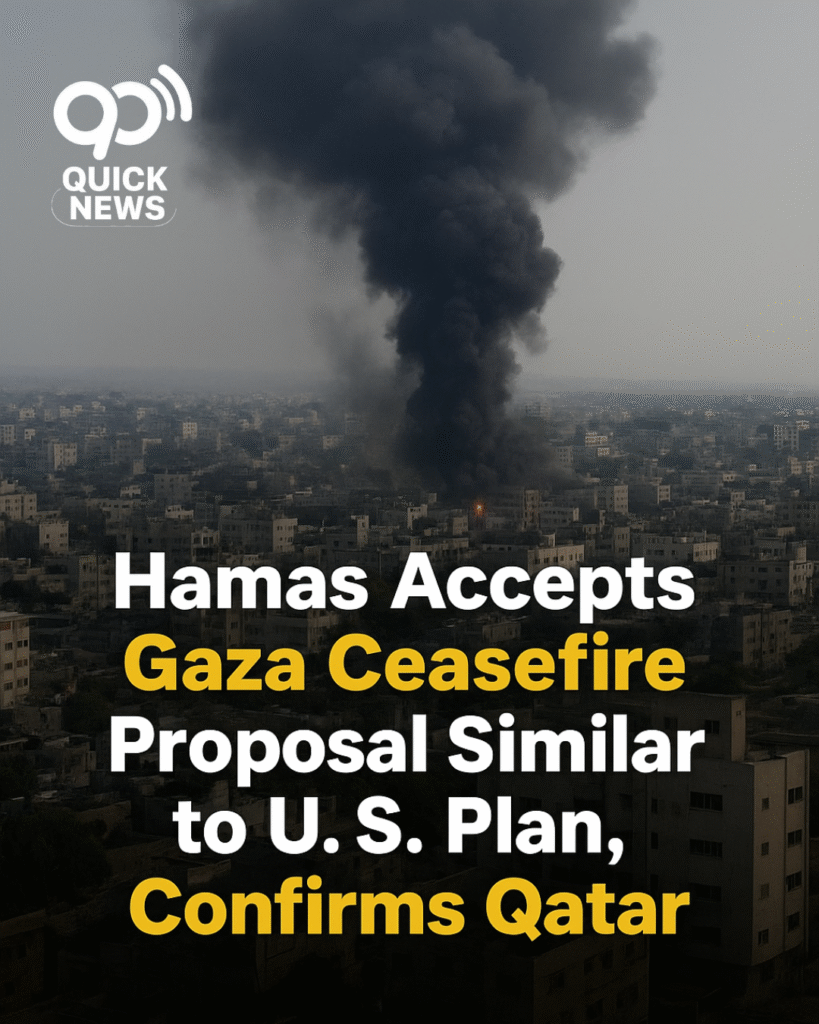The ongoing conflict in Gaza has taken a new turn after Qatar confirmed that Hamas has accepted the latest ceasefire proposal, which is almost identical to an earlier peace plan suggested by the U.S. special envoy Steve Witkoff.
According to the Qatari Foreign Ministry, the current agreement closely mirrors the American plan that had been under discussion for weeks. The proposal focuses on ending the violence, ensuring humanitarian aid, and paving the way for long-term peace talks between Israel and Hamas.
What Happened Before This Proposal?
For months, Gaza has witnessed continuous airstrikes, rocket attacks, and humanitarian crises. Thousands of residents have been displaced, with basic necessities like food, water, and electricity running short. The international community, including the United States, Qatar, and Egypt, has been actively working to mediate a truce that could bring relief to civilians.
The U.S. envoy Steve Witkoff had earlier introduced a plan that included:
- Ceasefire between Israel and Hamas to stop further casualties.
- Immediate humanitarian aid access to Gaza.
- Discussions for prisoner exchanges and border security.
Although there were disagreements in the beginning, Hamas has now shown willingness to accept the revised deal, which is nearly identical to the first draft.
Why Qatar’s Role Matters
Qatar has been playing a key role as a mediator in the Israel-Palestine conflict. Its statement about Hamas accepting the plan has been seen as a positive step toward peace in the Middle East.
What’s Next?
If the deal is officially implemented, it could lead to:
- Reduction in hostilities between Israel and Hamas.
- Greater humanitarian support for the people of Gaza.
- Possibility of long-term peace negotiations involving regional and international players.
The world is now watching closely, hoping this ceasefire can break the cycle of violence and open the door to stability in the region.



